
The Most Comprehensive Industrial Control Software Installation Package, Would You Like It?
(Click on the above red text to receive the materials for free)
Ethernet is a well-known network, created by Xerox and jointly developed by Xerox, Intel, and DEC as a baseband local area network standard. It is the most commonly used communication protocol standard for existing local area networks today, including standard Ethernet (10Mbit/s), Fast Ethernet (100Mbit/s), and 10G Ethernet (10Gbit/s).
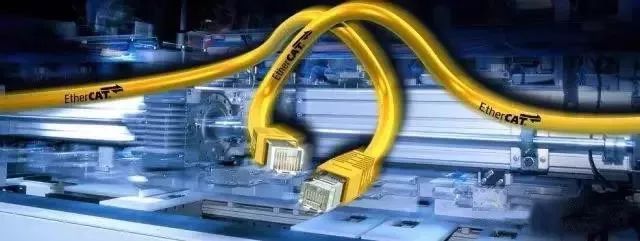
PROFIBUS is an international, open, fieldbus standard that does not depend on device manufacturers. The transmission speed of PROFIBUS can be selected from 9.6kbaud to 12Mbaud, and when the bus system starts, all devices connected to the bus must be set to the same speed. It is widely used in manufacturing automation, process industry automation, and other fields such as building and transportation power automation. PROFIBUS is a fieldbus technology used for workshop-level monitoring and data communication and control at the field device layer. It enables decentralized digital control and field communication networks from the field device layer to workshop-level monitoring, providing feasible solutions for integrated factory automation and intelligent field devices.
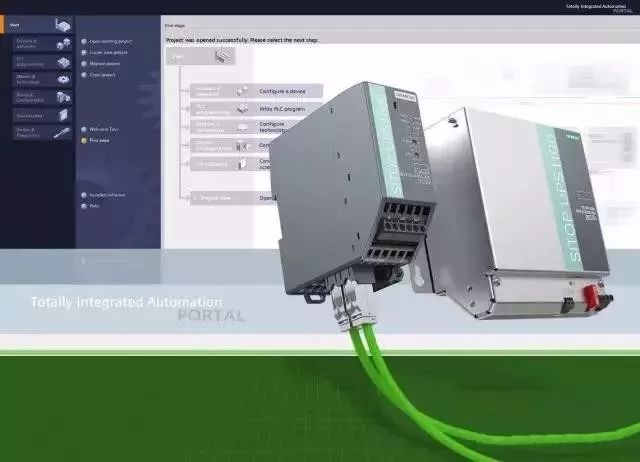
PROFINET = PROFIBUS + Ethernet, transferring the master-slave structure of Profibus to Ethernet, thus Profinet will have Controllers and Devices, their relationship can simply correspond to the Master and Slave of Profibus. Of course, there are differences, but this correspondence can help in understanding. Additionally, since Profinet is based on Ethernet, it can have star, tree, and bus topologies, while Profibus only has a bus topology. Therefore, Profinet is a product that combines the master-slave structure of Profibus with the topological structure of Ethernet. Other features like real-time performance, which Siemens promotes, are also present in Ethernet; however, Profinet can improve the precision of real-time performance due to the presence of a control unit such as the Controller.
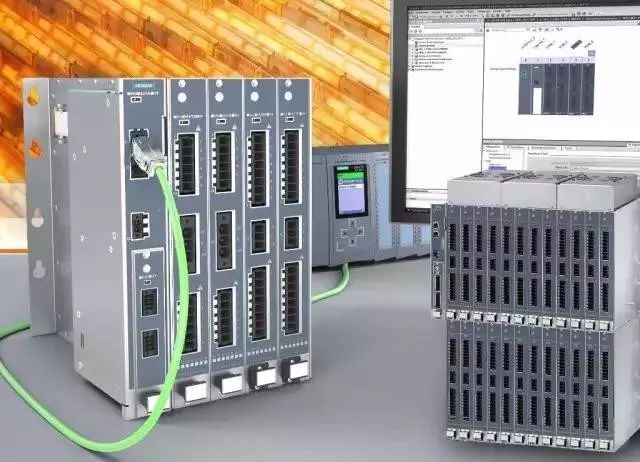
PROFINET is a new Ethernet communication system developed by Siemens and the Profibus User Organization. PROFINET has communication capabilities between multi-manufacturer products, automation, and engineering modes, and is optimized for distributed intelligent automation systems. Its application results can significantly save configuration and debugging costs. The PROFINET system integrates systems based on Profibus, providing protection for existing system investments. It can also integrate other fieldbus systems.
PROFINET is a high-level communication system that supports distributed automation. In addition to communication functions, PROFINET also includes specifications for the concept of distributed automation based on manufacturer-independent objects and connection editors and XML device description languages. Ethernet TCP/IP is used for communication between intelligent devices where timing requirements are not strict. All time-critical real-time data is transmitted via standard Profibus DP technology, and data can be integrated into the PROFINET system from the Profibus DP network through a proxy. PROFINET is the only bus that uses existing IT standards without defining its dedicated industrial application protocol. Its object model is based on Microsoft’s Component Object Model (COM) technology. For the interoperability between all distributed objects on the network, Microsoft’s DCOM protocol and standard TCP and UDP protocols are used.
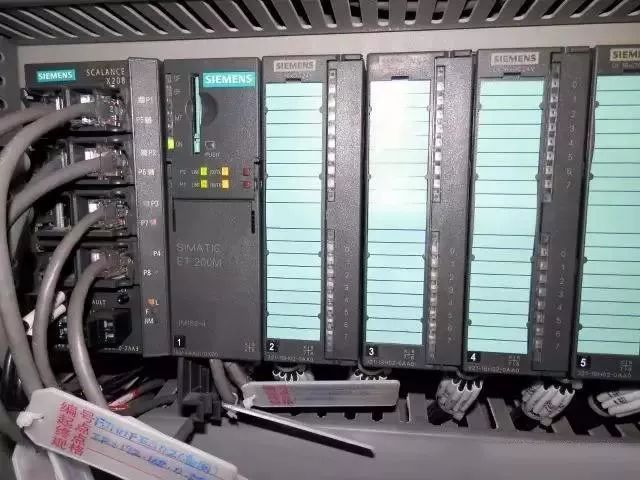
In the PROFINET concept, devices and factories are divided into technical modules, each module includes mechanical, electronic, and application software. The application software of these components can be developed using dedicated programming tools and downloaded to the relevant controllers. This dedicated software must implement the PROFINET component software interface and be able to export the PROFINET object definitions in XML language. XML files are used to input manufacturer-independent PROFINET connection editors to generate PROFINET elements. The connection editor defines the exchange operations between PROFINET elements on the network. Finally, the connection information is downloaded to PROFINET devices via Ethernet TCP-IP.
PROFINET (real-time Ethernet) is based on industrial Ethernet, has good real-time performance, can directly connect field devices (using PROFINET IO), and supports distributed automation control methods (PROFINET CBA, equivalent to communication between master stations).
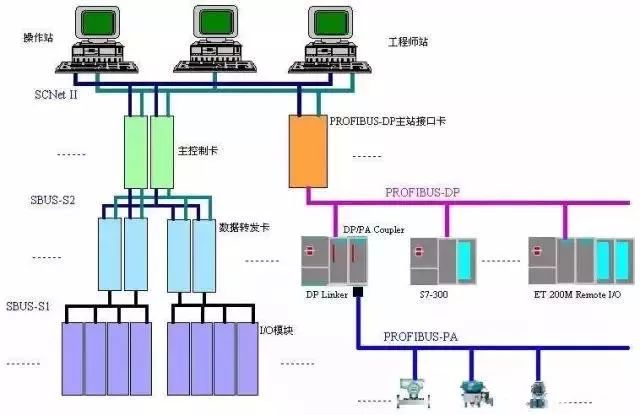
When Ethernet is applied to industrial control scenarios, it is improved for use in industrial fields, becoming industrial Ethernet. If you have ever used Siemens network cards like CP343-1 or CP443-1 for communication, you may have used protocols like ISO or TCP connections. The TCP and ISO used here are the protocols applied in industrial Ethernet.
PROFINET is also a protocol in Siemens SIMATIC NET, specifically a collection of many protocols, including PROFINET IO RT, CBA RT, IO IRT, and so on. Therefore, it is not appropriate to compare PROFINET with industrial Ethernet; it can only be said that PROFINET is a real-time protocol running on industrial Ethernet. However, some networks are often referred to as PROFINET networks because they have applied the PROFINET protocol.
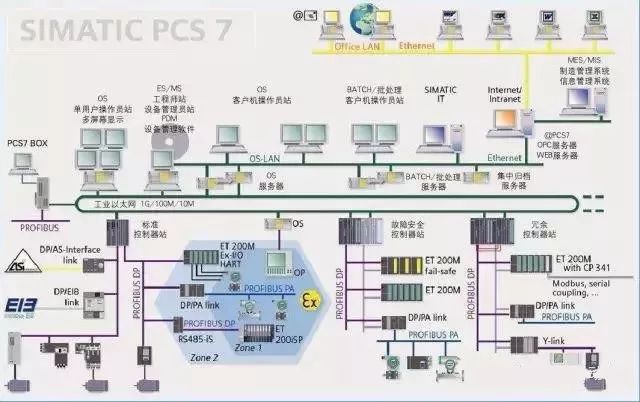
PROFINET is based on industrial Ethernet, while PROFIBUS is based on RS485 serial bus. The protocols of the two are completely different due to the different media, with no correlation. Both have good real-time performance because they use a streamlined stack structure. Any development based on standard Ethernet can be directly applied to the PROFINET network, and there are far more developers of Ethernet-based solutions in the world than those for PROFIBUS, so there are more available resources for technological innovation.
For PROFIBUS, the maximum data transmission bandwidth is 12Mbps; for PROFINET, the data transmission bandwidth is 100Mbps.
For PROFIBUS, the data transmission method is half-duplex; for PROFINET, the data transmission method is full-duplex.
For PROFIBUS, the maximum consistent data is 32bytes; for PROFINET, the maximum consistent data is 254bytes.
For PROFIBUS, the maximum user data is 244bytes; for PROFINET, the maximum user data is 1400bytes.
For PROFIBUS, the maximum bus length at 12Mbps is 100m; for PROFINET, the bus length between devices is also 100m.
For PROFIBUS, configuration and diagnostics require special interface templates, such as CP5512; for PROFINET, standard Ethernet network cards can be used.
For PROFIBUS, special tools are required for network diagnostics; for PROFINET, IT-related tools are sufficient.
For PROFIBUS, the main failure sources on the bus come from mismatched bus terminal resistors or poor grounding; for PROFINET, bus terminal resistors are not needed.
Editor Recommends
Revealing the Secrets of the Biggest Gang in Industrial Control!
Let the Editor Take You to Understand the Secrets of the Industrial Control Gang!
Get for Free: ABB Industrial Robot Materials!
Limited Time Offer: Would You Like This Excellent KUKA Industrial Robot Material?
How to Become an Excellent Electrical Engineer from Scratch?
▣ Source: Zhuhai Aneng Automation, Copyright belongs to the original author, if there is any infringement, please contact for deletion, thank you!
▣ Disclaimer: The materials in this article are collected from the internet, and the content is edited and organized by the Industrial Control Cloud Academy. The videos, images, and text used in the article are copyrighted by the original author. Due to numerous reprints, it is impossible to confirm the true original author, so only the source of reprint is indicated. If there are copyright issues, please contact 18817120051 (WeChat same number), we will immediately confirm the copyright and pay remuneration according to national regulations!<br/><br/>▣ Suggestion: The article may inevitably contain omissions or errors, please feel free to express your opinions in the comment area; what you know may be exactly what everyone wants to understand! This way we can help more people learn more! Thank you for your support!